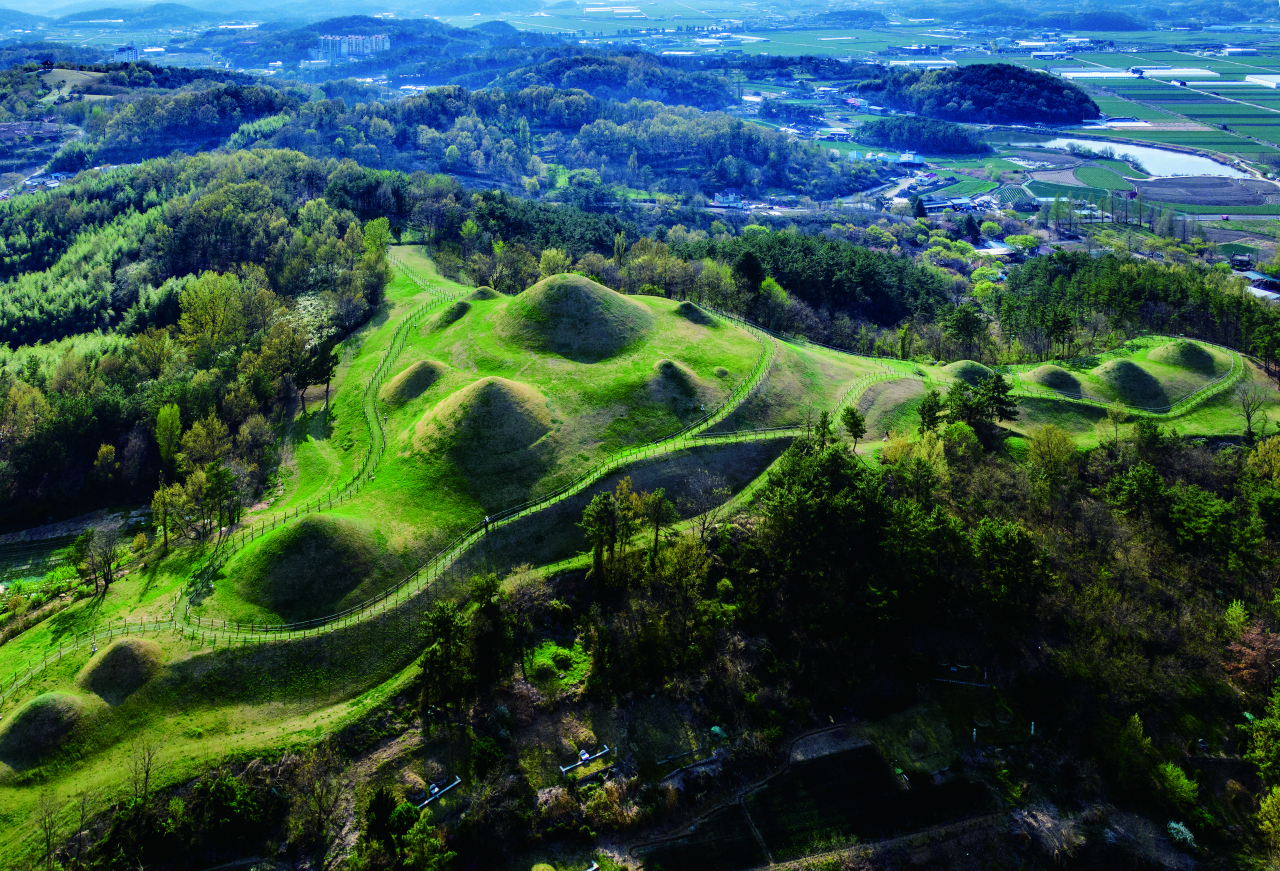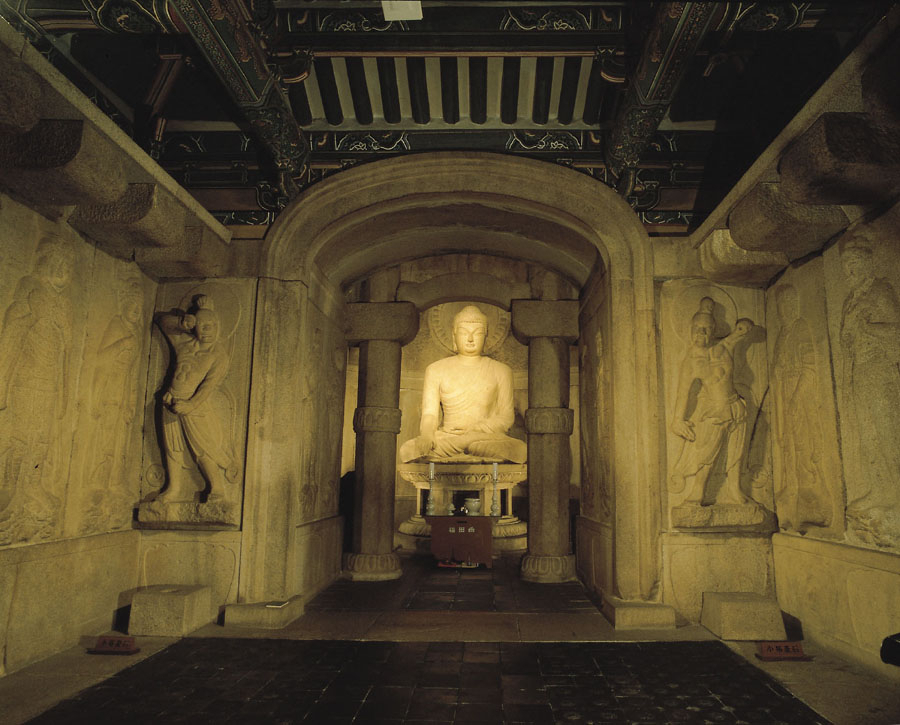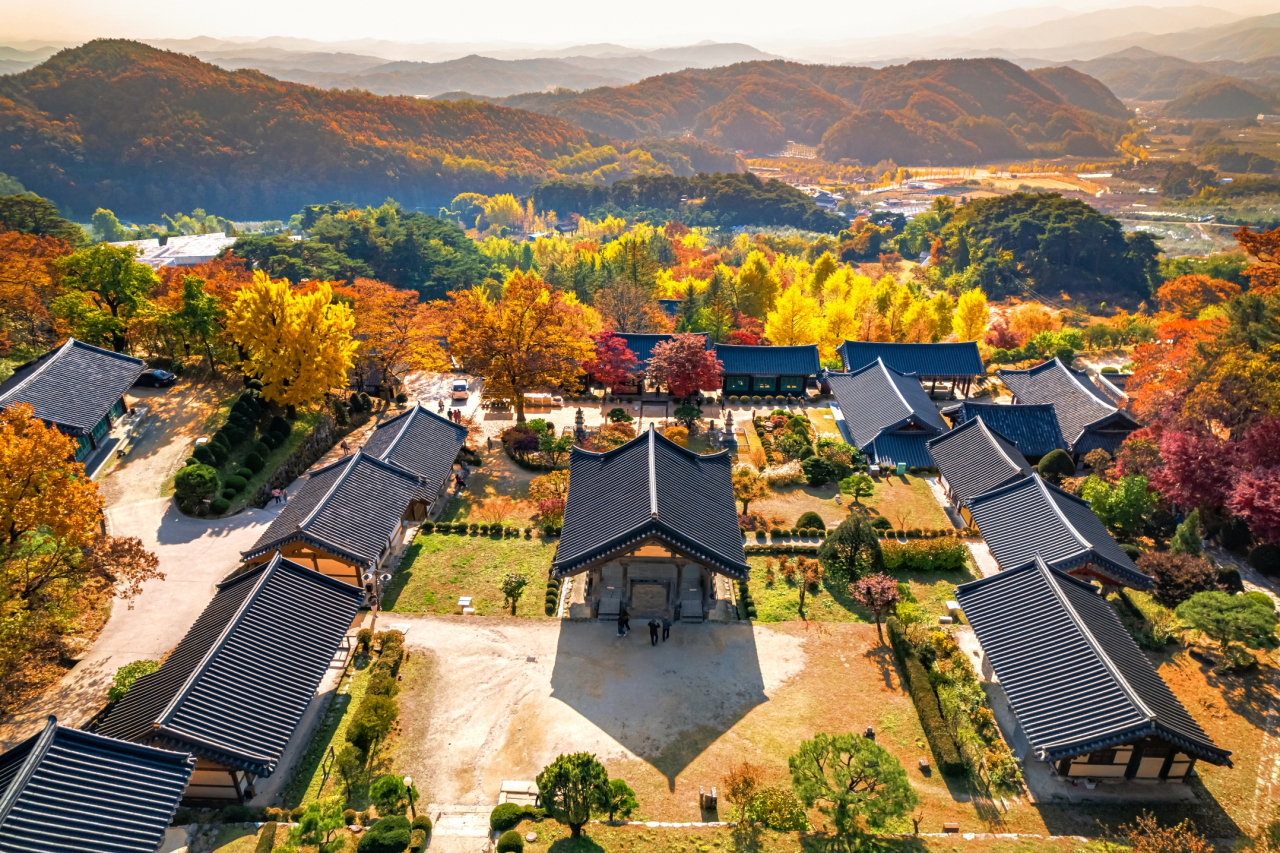North Gyeongsang Province beckons tourists with UNESCO World Heritage
By Lee Si-jinPublished : Dec. 21, 2023 - 14:12

With Gaya Tumuli as the country’s latest addition to the list of UNESCO World Heritage in early September, North Gyeongsang Province now offers six UNESCO World Heritage sites for tourists, each capturing travelers’ hearts with different charms.
Gaya Tumuli refers to the seven tomb clusters of Korea’s ancient Gaya Kingdom (42 BC-562 AD). The historical site was inscribed on the UNESCO World Heritage List for its universal value as archaeological evidence of Gaya culture, and shows a glimpse of ancient East Asian civilization.
Gyeongju, North Gyeongsang Province, a coastal city referred to as a “roofless museum” in the southeast, is arguably the country’s most famous tourist destination with the almost 1,000-year history of the Silla Kingdom (57 BC-935 AD) as its main draw.
Bulguksa, a 1,500-year-old temple inscribed as a UNESCO World Heritage site, presents stunning Buddhist pagodas and architecture against a scenic backdrop.
The harmony of stone bases and wooden architecture epitomizes the beauty of Korean Buddhist architecture.

Take an additional 15-minute ride from the historic temple to see the Seokguram Grotto, a destination that is already well known among both local and overseas tourists.
The iconic statue of the Buddha looking to the sea in the bhumisparsha mudra position -- surrounded by the portrayals of gods, Bodhisattvas and disciples -- is considered one of the masterpieces of Buddhist art in the Far East.
Andong, a city known for its long-standing traditions, is home to the two largest and well-preserved villages from the Joseon era, which were inscribed on the UNESCO World Heritage List in 2010.
Travelers can explore the history of different masks from across the globe at Hahoe World Mask Museum. Holidaymakers can also catch a glimpse of the unique performing arts of Andong Hahoe Byeolsingut Talnori, or the Hahoe mask dance, as well.
Seowon, Confucian academies of the Joseon era, and Sansa, Buddhist mountain monasteries, are located throughout different areas of North Gyeongsang Province, including Yeongju and Gyeongju, and are likewise go-to tourist sites for those looking to immerse themselves in the beauty of the country’s nature.
Yeongju’s Buseoksa, among many sites, is also a bucket-list destination for those with a keen interest in Korean temples.

Constructed to pray for the protection of the country, the temple is home to many national treasures, including Stone Lantern, Muryangsujeon Hall, Mural Painting in Josadang Shrine and more.
Many awe-inspiring relics and invaluable works of art aside, the temple beckons countless travelers for its scenic views, impressing visitors in all seasons.
While the reds, yellows and oranges of the fall foliage provide a beautiful -- be it temporary -- backdrop to the temple, the tranquil winter scenery with beautiful snow flowers invoke many visitors to take out their cameras and capture the moment.












![[Kim So-hyun] The quiet taxi driver from Paris](http://res.heraldm.com/phpwas/restmb_idxmake.php?idx=644&simg=/content/image/2024/04/25/20240425050891_0.jpg&u=)







